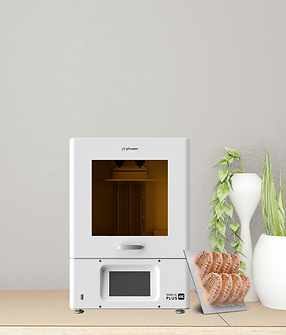Resin Profile
Resin profile is a crucial set of parameters that helps ensure successful printing. Here are some key components typically included in a resin profile:
-
Exposure Time: The amount of time each layer is exposed to the UV light. This setting can vary based on the type of resin used and the printer’s specifications. Proper exposure time is vital for curing the resin adequately and achieving the desired detail and strength.
-
Lift Height: This is the distance the build platform moves up after each layer is printed. It impacts how well the resin adheres to the previous layer and the overall print time. Often measured in millimeters, lift height can affect the amount of resin used and the print's surface finish.
-
Layer Thickness: This refers to the thickness of each printed layer, usually ranging from 0.01 mm to 0.1 mm. A thinner layer can produce higher detail but may increase printing time, while thicker layers can speed up the process but may reduce detail.
-
Bottom Layer Exposure Time: The first few layers (often referred to as the "bottom layers") usually require longer exposure times. This helps ensure that the print has a solid foundation and adheres well to the build plate.
-
Bottom Layer Count: The number of initial layers that are printed with extended exposure times. This is crucial for creating a strong bond between the print and the build plate.
-
Retraction Settings: These settings control how the printer retracts the resin to minimize stringing and oozing during the lifting process.
-
Temperature Settings: Some profiles may include temperature considerations, as resin viscosity can change with temperature, affecting print quality.










